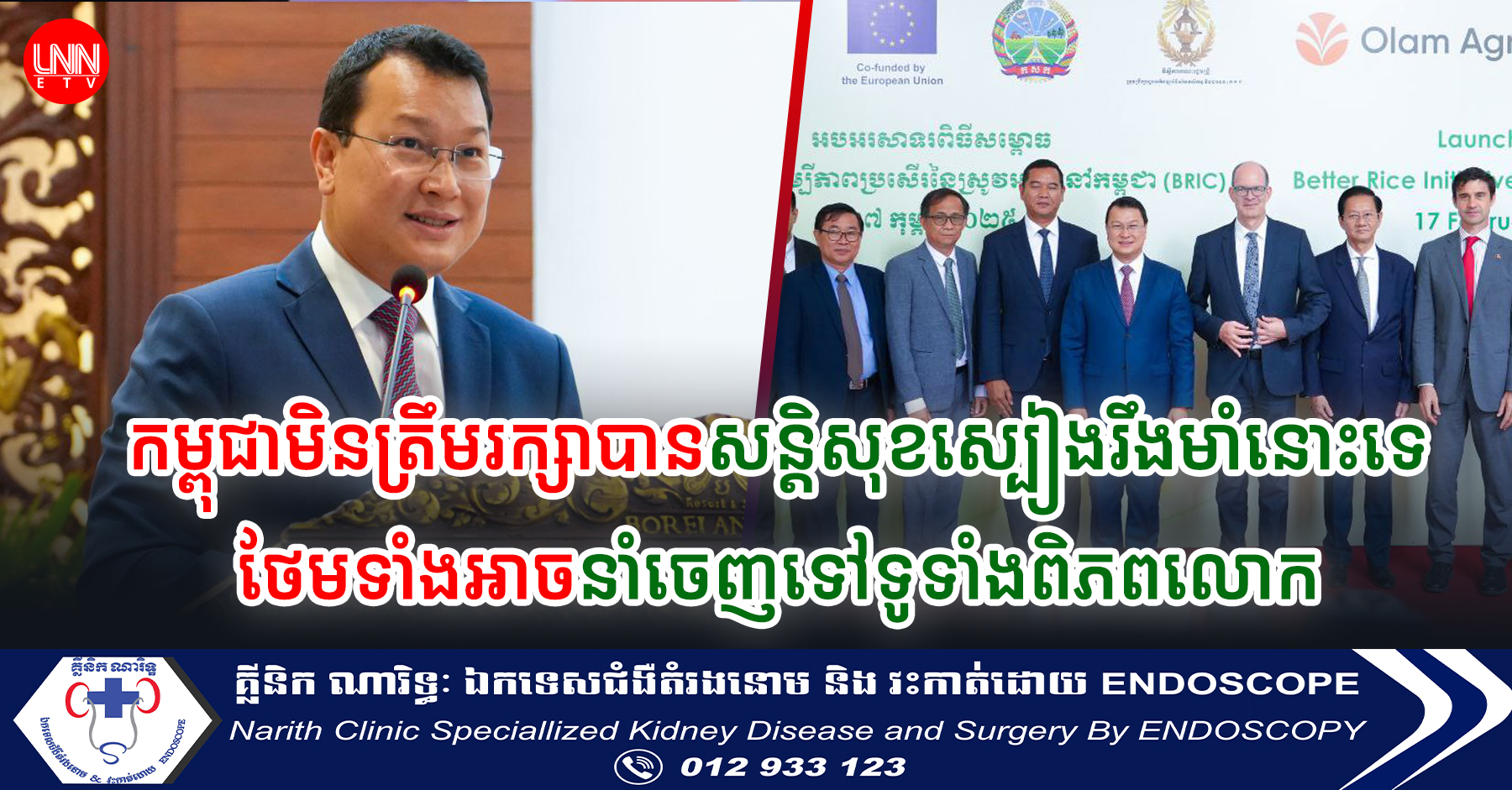
The current health crisis being faced by nations across the globe, has placed most of its worldwide population on edge. Facing this unprecedented situation, governments and all stakeholders race against time to save lives of the people infected by COVID-19, which has now escalated into apandemic. Cambodia is not exemptedfromthis phenomenal occurrence and has started to feel the economic impact of this crisis.
More companies are implementing the remote workingconcept or “working from home” (WFH), and the governmentis implementing policies to flatten the growth curve of the virus outbreak and settle in for the “New Normal”. The “New Normal” is a term used in business and economics, which refers to the conditions following the recent financial crisis and global recession – a negative scenario for economies that was once abnormal, is now normal. This remote working concept has been a common practice mostly by progressive companies in developed countries, long before this pandemic arrived. Perhaps this practice will be here to stay, since it has proven to positively impact businesses through their employees delivering and even exceeding expectations, despite not working traditionally at their physical offices or workplaces.
We need to harness and empower the workforce of 10 million young Cambodians to build a sustainable and prosperous future, now. Otherwise, we would have missed out on vital national building process, by not developing the potential of these promising young people - at an average age of 25 years. Many countries in the world are envious of this young workforce, but they must first be developed and properly guided. This is where business leaders and governmentagencies in the form of Public-Private Partnership to help identify potential, then develop and mobilise them. Technology such as AI-based work motivation systems can predict up to 98% accuracy in identifying potential to build team dynamics to increase productivity, create analytics for us to improve recruitment, and mentor and understand what drives our young workforce today. We are in a very unique position to clearly lay down the groundwork and foundation for us to utilise technology to build human resources and the ecosystem. These pillars are essential to start working together cohesively to catalyse the growth of Cambodia. History will look back on this time and the significant transformation, remembering this opportunity to build a better nation and equip ourselves for Industry 4.0.
As our nation moves towards 5G, this will enable us to connect devices to the Internet, store and process in clouds, automate mundane tasks and empower new technologies – hence the call for digitalisation of the country. This shift in mentality could allow us to leapfrog the traditional stages of development. Cambodia has8.5 million 4G subscribers, already consuming digital content at a high rate, just needing the right push to
design and integrate waysto incentivise and engage users, to adopt new technologies. It is pertinent to make
this part of their everyday life by raising public awareness of the benefits of digitalising education, commerce and finance, creating a usage pattern that willsimplify the transition into the digital economy.
This endeavor, of course, needs the whole community to work together. The government’s support will play a significant roletowards this initiative. Hence, the business community along with all stakeholders, need to work in tandem with the government to drive this digital transformation initiative successfully.
Another economic aspect that will be positively influenced with this digitalisation is moving towards a cashless society – establishing a new collaborative digital finance landscape. This advancement should focus on
consumerexperience by seamlessly integrating the digital payment, digital banking, digital payroll, and digital government services (NSSF, Taxation Filings). Mass adoption will be achieved when SMEs can operate efficiently and increase their productivityand earnings through this integrated ecosystem. Especially the younger generation, the transition to the national currency will be easier if we make the customer journey user-friendly and personalised. Overall, it should exhibit features that enhance their digital lifestyle and commercial innovations, in line with their on-demand needs.
Digitalisation is going to affect our daily lives, however, what will define us is if we are going to actively drive change or continue to wait for external assistance. The time is now, to enable technology, localise services to increase productivity and commerce through digital infrastructures. Further empowerments of our young workforce to drive thebusinesses in Industry 4.0 are critical factors in achieving this goal, for the benefit of the country and its people. Young Cambodians that are technology-savvy, open-minded, and forward-looking will boost their nation’s workforce to a new level of productivity and efficiency, by taking advantage of digital technologies. These technologies do not necessarily have to be the most advanced or cutting-edge like AI or Blockchain, it can be as simple as moving away from paper, by using your phone or computer. The most crucial factor is the mindset and willingness to change.
អត្ថបទដោយ: La Victor is a Digital Entrepreneur in the ASEAN region (AVI)
បកប្រែ៖ Sun Molika
កែសម្រួល៖ alynana.com




